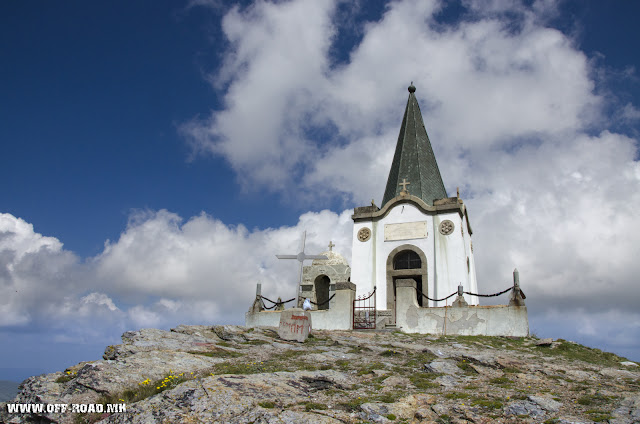
From the peak Kajmakcalan can be seen the lakes Vegoritida and Petron in Greece and the whole Mariovo region in Republic of Macedonia. Near Kajmakcalan are located the villages Skocivir in Macedonia and the ski center Voras in Greece.
Battle of Kajmakcalan
The peak Kajmakcalan during the First World War was one of the key positions on the Macedonian Front. The Battle for Kajmakcalan will be remembered in history for the large number of victims on both sides, ie the Bulgarian and Serbian armies which were stationed in this part of the front, which both also included a large number of forcibly recruited Macedonians.The peak Kajmakcalan was significant strategic position for both sides. The Bulgarians called it “Boris city” (after prince Boris) because they thought it was impregnable, whereas the Serbs called it “The Gate of freedom”.
Kaimakcalan battle was fought between 12 and 30 September 1916, when the first Serbian army managed to take the top St. Elijah, ousting the Bulgarians towards Mariovo, where they set up a new defensive line. Between 26 and 30 September summit Kajmakcalan been took over several times, until the Serbian army finally conquered it and kept it on 30 September. Human casualties were enormous on both sides, primarily due to man to man fight.
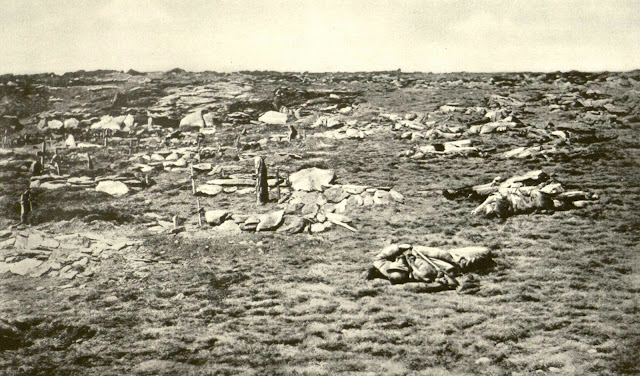
With the conquest of Kajmakcalan, the Allied troops were able to continue with further operations, which on November 19, 1916 resulted with the conquest of Bitola.
The Kajmakcalan Chapel
According to some sources, immediately after the Kajmakcalan Battle, given the large number of casualties on both sides, the soldiers started to build some kind of memorial on the peak. The chapel, with the nearby ossuary which houses the bones of many unknown soldiers, the Bell tower and the facilities were finished in 1928, marking the 10th anniversary of the end of First World War. On that occasion also was put into service the road leading from Bitola to Kaimakcalan.Rudolphe Archibald Reiss
Rudolphe Archibald Reiss (8 July 1875 – 8 August 1929) was a German-Swiss criminology-pioneer, forensic scientist, professor, writer and correspondent for newspapers in several countries, reporting the events directly from the front.
Rudolphe Archibald Reiss
Last time he visited Kajmakcalan on September 15 1928, marking the 10th anniversary of the Dobro Pole Battle.
R. A. Reiss died on August 8, 1929 in his villa in Belgrade called “Dobro Pole” and he was buried at the Topcider cemetery. At his request his heart was taken away in an urn on the peak Kajmakčalan, where it rested along with other soldiers that died here. The heart today is missing but the urn can still be seen into the chapel.


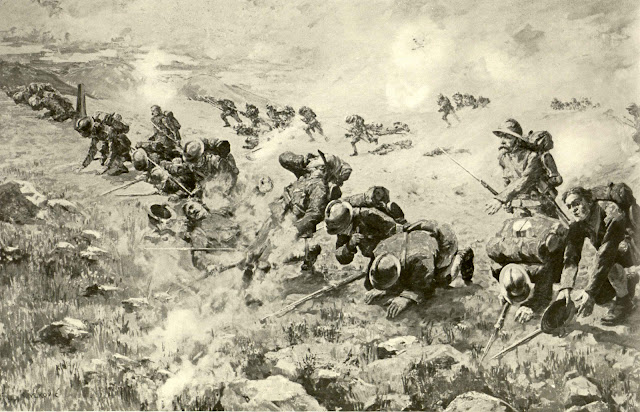
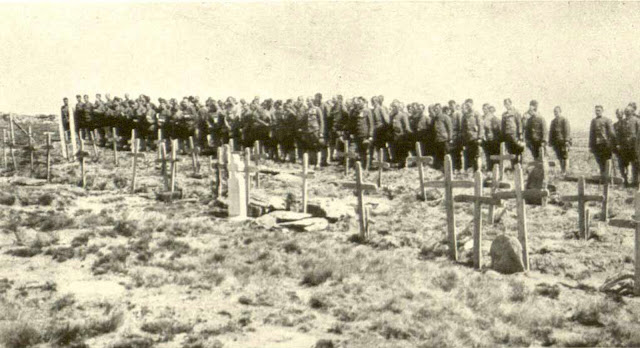
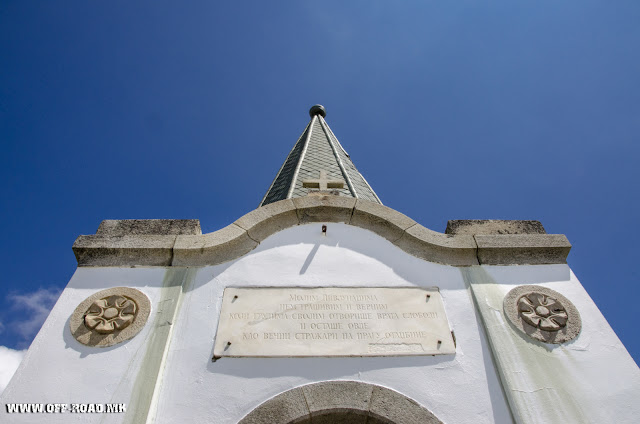
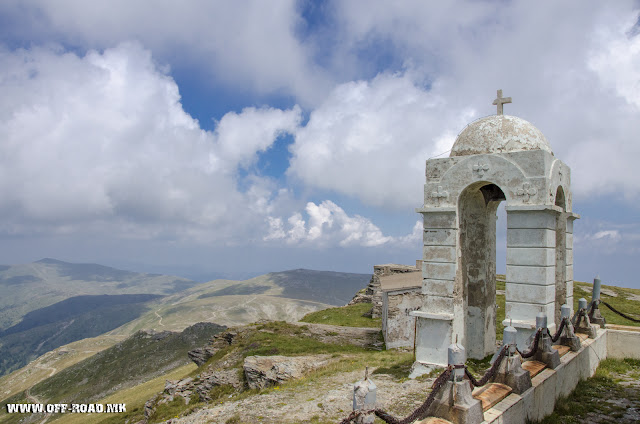






0 Comments